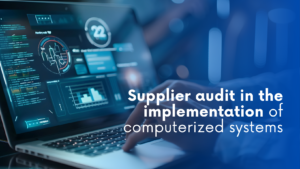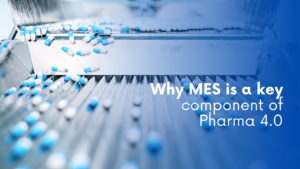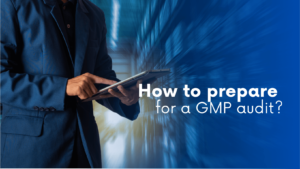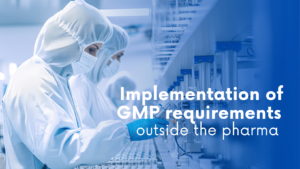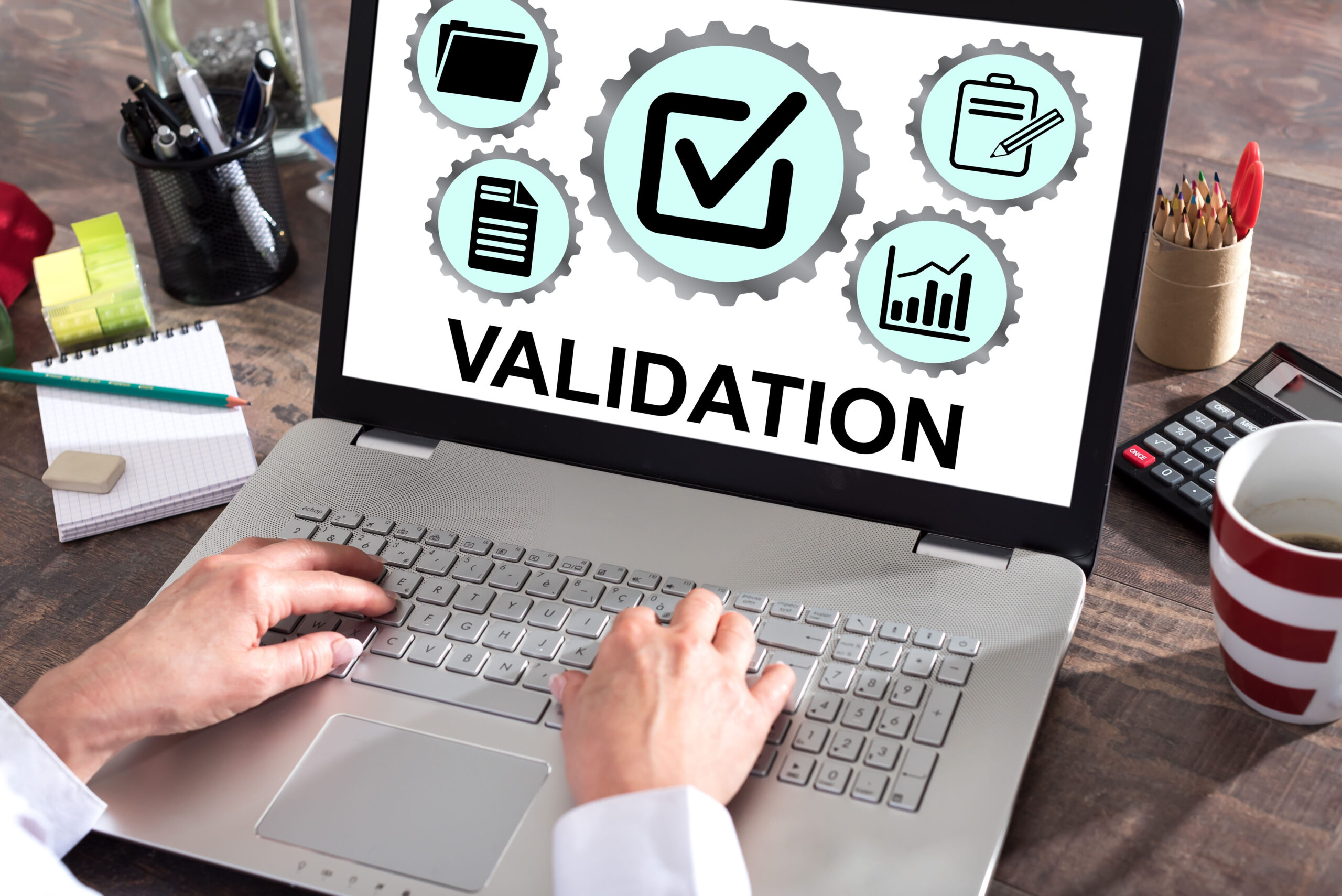Subject – Entering the pharmaceutical market
Our client is a prominent vodka producer and a leader in this economical segment, headquartered in Poland. With over 30 years of experience, they specialize in producing ethanol and bioethanol for the chemical, food, and pharmaceutical markets.
The client’s objective was to enter the pharmaceutical market, requiring the attainment of the highest quality standards. They sought to implement a GMP system at their plant and aimed to pass an audit by the General Pharmaceutical Inspectorate (GIF), enabling them to market their products in the pharmaceutical sector.
As part of our GMP implementation for the client, as detailed here, we conducted validations for the method of determining alcohol content in the mash and verified the method for determining volatile impurities.
The scope – Method Validation
The project commenced with a comprehensive audit aimed at evaluating the existing infrastructure and practices. Subsequently, we initiated a project feasibility study, followed by meticulous risk analyses and the preparation of essential documentation.
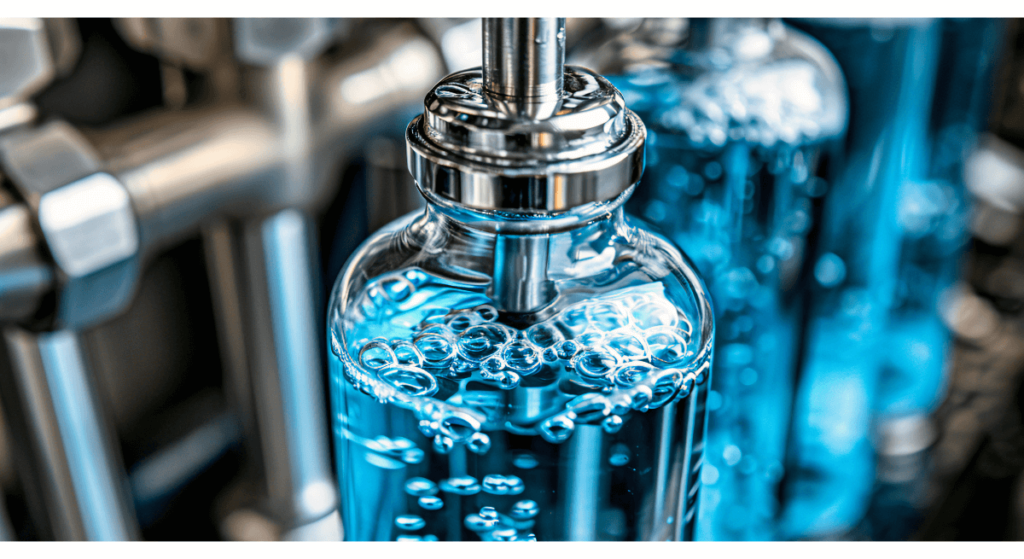
Moving from the planning phase to action, we focused on on-site activities to validate the documented processes in real time in the plant environment. This included such tasks as verifying the critical functionality of sensors along the production line and evaluating laboratory methods and equipment.
In addressing method validation challenges, we encountered issues with the laboratory’s analysis workload and errors, which led to delays in the validation process and necessitated modifications to previously approved documentation.
Our methodology evolved through a structured process: from method validation to risk analysis, followed by the development of comprehensive documentation. This laid the foundation for executing analyses and ultimately culminated in the creation of validation reports, ensuring transparency and accountability every step of the way.
On our part, we undertook the validation of one non-pharmacopoeial method, specifically the determination of alcohol content in the mash, and the verification of one pharmacopoeial method for determining volatile impurities.
Our process began with a thorough risk analysis of the analytical methods involved. Subsequently, we spearheaded the development of a protocol specifically tailored for the validation of the method used to determine alcohol content in the mash. This protocol underwent careful scrutiny, including consultation with the Analytical Workgroup (AWW), resulting in its approval. With the green light secured, we commenced the analyses.
Over the course of about two weeks, we carried out the analyses on-site at the client’s facility in Poland, using their laboratory and equipment. Additionally, we benefited from the assistance of the client’s laboratory staff. Following the completion of the analyses, we meticulously compiled the results and crafted a comprehensive report encapsulating our findings and conclusions from the obtained results.
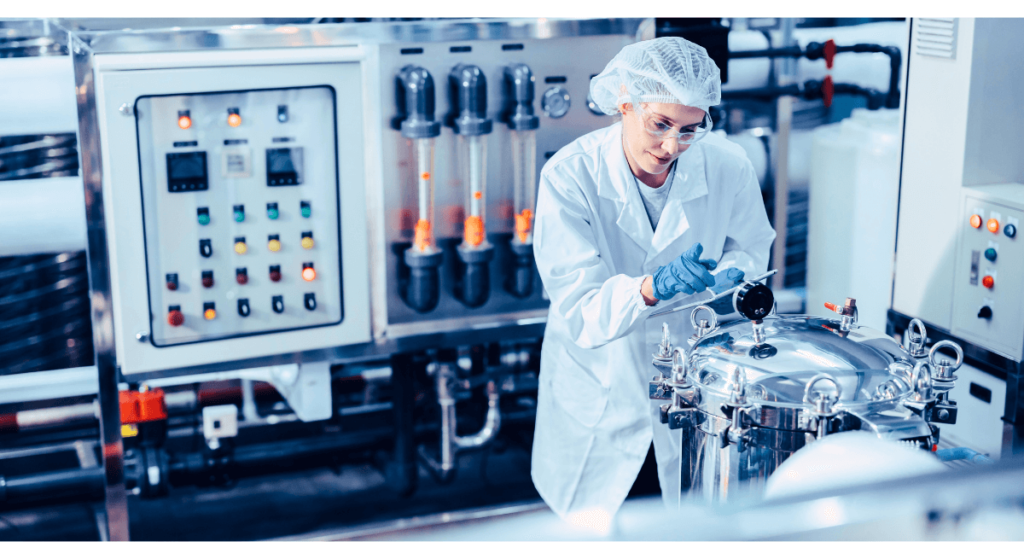
Beyond the scope of method validation, it became necessary to revise documentation that had previously been approved, owing to errors identified on the part of the customer.
Results – Method Validation
We effectively completed the validation and verification of analytical methods, a pivotal achievement in ensuring our client’s products meet stringent quality standards.
Throughout our collaboration, the client gained valuable insights into the intricacies of the process. Our on-site support proved instrumental as we offered practical advice on streamlining operations and optimizing resources. Our extensive experience in production, GMP, and laboratory practices provided invaluable guidance, enhancing the client’s understanding beyond theoretical knowledge.
The client appreciated our transparent approach and hands-on problem-solving abilities, stemming from our practical expertise. They valued our pragmatic perspective, grounded in real-world experience rather than solely academic knowledge.
With the prospect of obtaining GMP certification and passing the GIF audit, the client foresees enhanced market positioning. Meeting rigorous standards will enable them to justify higher product prices, reflecting the elevated quality and compliance with regulatory requirements.

